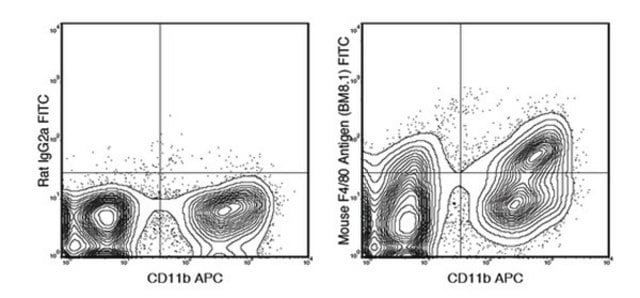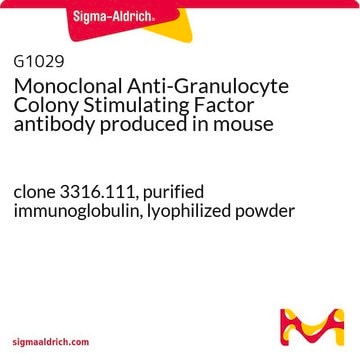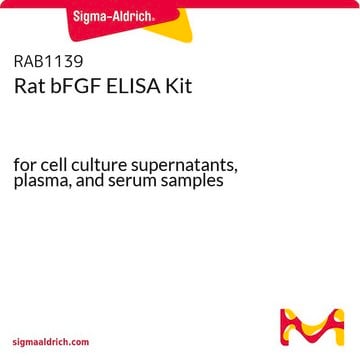MABS1326
Anti-Importin alpha-3/Qip1 Antibody, clone 3D10
clone 3D10, from rat
Synonyme(s) :
Importin subunit alpha-3, Importin alpha Q1, Karyopherin subunit alpha-4, Qip1
About This Item
Produits recommandés
Source biologique
rat
Niveau de qualité
Forme d'anticorps
purified immunoglobulin
Type de produit anticorps
primary antibodies
Clone
3D10, monoclonal
Espèces réactives
rat, monkey, hamster, bovine, human, mouse
Réactivité de l'espèce (prédite par homologie)
canine (based on 100% sequence homology)
Technique(s)
western blot: suitable
Isotype
IgG2aκ
Numéro d'accès NCBI
Numéro d'accès UniProt
Conditions d'expédition
ambient
Modification post-traductionnelle de la cible
unmodified
Informations sur le gène
bovine ... Kpna3(540719)
dog ... Kpna3(476909)
human ... KPNA3(3839)
mouse ... Kpna3(16648)
rat ... Kpna3(361055)
rhesus monkey ... Kpna3(706925)
Description générale
Spécificité
Immunogène
Application
Signaling
Western Blotting Analysis: A representative lot detected endogenous importin 3/Qip1 in human HeLa, monkey COS-7, mouse L-929, rat NRK , hamster BHK, and bovine MDBK cell lysates (Sakaguchi, N., et al. (2003). Hybrid. Hybridomics. 22(6):397-400).
Qualité
Western Blotting Analysis: A 1:500 dilution of this antibody detected in 10 µg of HeLa cell lysate.
Description de la cible
Forme physique
Stockage et stabilité
Autres remarques
Clause de non-responsabilité
Not finding the right product?
Try our Outil de sélection de produits.
Code de la classe de stockage
12 - Non Combustible Liquids
Classe de danger pour l'eau (WGK)
WGK 1
Point d'éclair (°F)
Not applicable
Point d'éclair (°C)
Not applicable
Certificats d'analyse (COA)
Recherchez un Certificats d'analyse (COA) en saisissant le numéro de lot du produit. Les numéros de lot figurent sur l'étiquette du produit après les mots "Lot" ou "Batch".
Déjà en possession de ce produit ?
Retrouvez la documentation relative aux produits que vous avez récemment achetés dans la Bibliothèque de documents.
Notre équipe de scientifiques dispose d'une expérience dans tous les secteurs de la recherche, notamment en sciences de la vie, science des matériaux, synthèse chimique, chromatographie, analyse et dans de nombreux autres domaines..
Contacter notre Service technique








